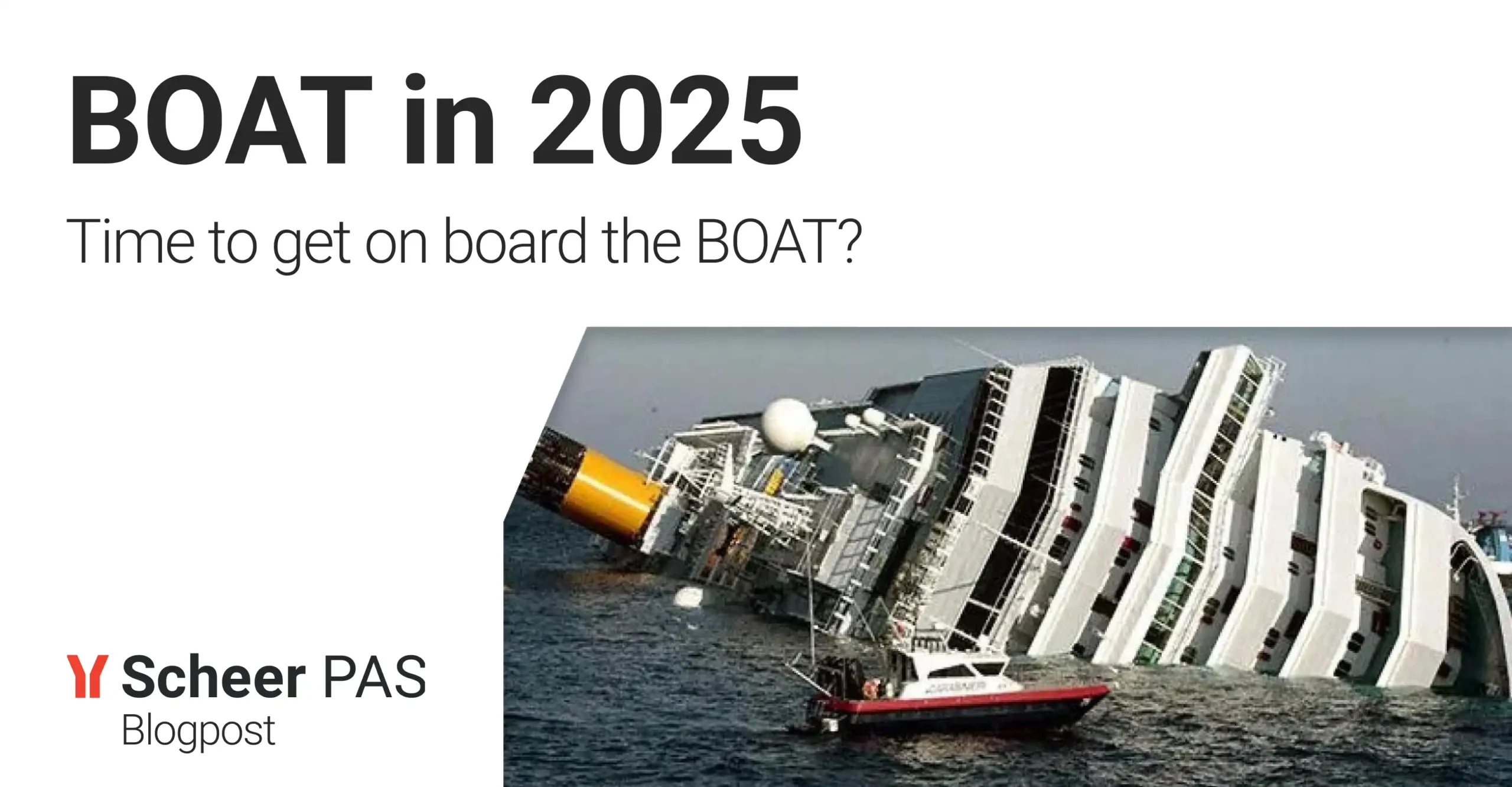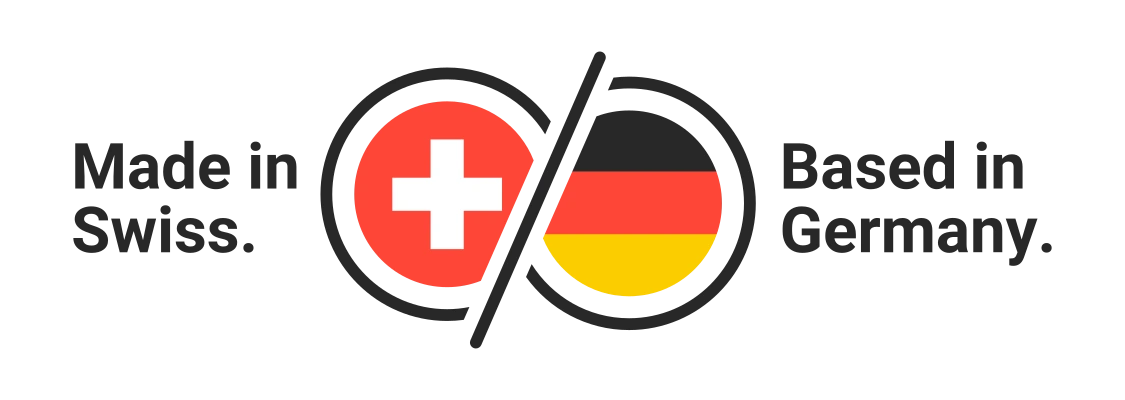BOAT & AI – The Future of Process Automation!

Why Business Orchestration and Automation Technology Matters Now
At the end of last year (2024), the business analysts at Gartner pondered the same question that some enterprises will consider in the years to come: Do we need Business Orchestration and Automation Technology (BOAT) now? Before introducing some of the ongoing global challenges, let’s do a quick recap – what is this BOAT that we’re all apparently already in if you refer to our previous blog post on this topic?

What is Business Orchestration and Automation Technology (BOAT)?
The aforementioned experts and analysts at Gartner define it as follows:
“BOAT is an emerging market that enables organizations to orchestrate end-to-end business process automation and consolidate disparate automation technologies into a unified platform.”
Each enterprise IT solution provider uses this vague and imprecise definition and, like commandeering that BOAT, steers it in their own direction. However, luckily for Scheer PAS, two terms are increasingly circulating among European IT companies and their thought leadership content:

1. Composable Approach
Building on a previous topic picked up by Gartner analysts (alongside experts from other research and publication areas), the composable approach is considered crucial for any technology used in business orchestration and process automation.
Even though the original champions of the “Composable Enterprise” concept and its related terms have nearly abandoned their predictions about modularity and scalability (mostly analysts), it’s possible they just jumped off that BOAT a bit too early (excuse the pun).
Indeed, when you consider the current global landscape—such as the ongoing trade tensions between the USA and the rest of the world—modularity, which brings resilience and adaptability, is clearly vital to keeping current and future business operations afloat.
Indeed, when you consider the current global landscape—such as the ongoing trade tensions between the USA and the rest of the world—modularity, which brings resilience and adaptability, is clearly vital to keeping current and future business operations afloat. conceived with modularity and composability in mind. Not only does it allow you to segment its modules, applications, and integrations, but it also simplifies the reuse of previously developed assets. Combine that with interoperability between Low-Code and Pro-Code (which used to simply be called “software development”), and composability becomes not just a feature Scheer PAS promotes but the foundation of the entire platform.
But okay, composability isn’t the only buzzword thrown around when BOAT is mentioned. There’s another term that’s now seemingly everywhere and inescapable. Of course, that term is:

2. AI, AI, AI, AI, AI…
No, that’s not a typo. To stay relevant in almost any area of IT today (or even in kitchen appliance manufacturing), you practically have to write, say, and think about AI at least five times in a row.
Unfortunately, software solution providers often remain stuck in the past when it comes to combining AI with enterprise platforms—frequently offering underwhelming AI chatbots more for marketing than for solving real-world problems.
If we circle back to composability and modularity in any enterprise IT platform—whether it’s an iPaaS platform, a process automation suite, or a Low-Code application development environment—true modularity already provides the best “AI” solution for customers. According to the very definitions of modularity and composability, it enables companies to integrate (or develop in-house) any kind of AI agent that can support business processes, empower better-informed decisions, and optimize workflows for higher productivity.
Therefore, simply pushing chatbots and labeling any software solution as “AI Ready” or “AI Powered” can become meaningless for enterprises that are grappling with deeply rooted organizational challenges. While a solid AI chatbot can definitely support integration, process orchestration, and Low-Code development, it shouldn’t be the centerpiece of a story crafted just for marketing purposes.
But let’s return to the original question:

But let’s return to the original question:
It would be quite unusual to spend so much time discussing the need for enterprise resilience, the demand for modularity and composability, and the rising necessity to adapt to modern geopolitical shifts—only to then argue that enterprises don’t need business orchestration and automation technology. keine Technologien zur Geschäftsorchestrierung und -automatisierung benötigen?
The short answer: Enterprises still need what they always have—resilience, modularity, adaptability, and composability. The only thing that has changed is that today, there are platforms claiming to deliver all of this as a sum of their parts. Some have successfully adapted, some just say they have, and only a few were genuinely built with these principles in mind.
Only the latter can be considered true BOATs (yes, pun intended again). The rest are like trying to convert cars to float across increasingly turbulent waters—and we all know how those amphibious cars usually perform…



